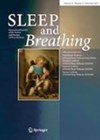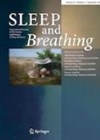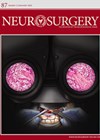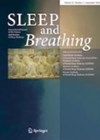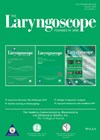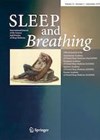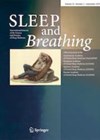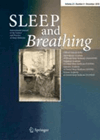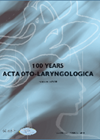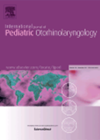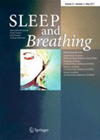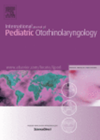
Journal Reviews
Long-term effectiveness of sleep surgery for obstructive sleep apnoea
n this study, 39 patients from Turkey with obstructive sleep apnoea (of varying severity) underwent an expansion sphincter pharyngoplasty. This operation was devised by Prof Kenny Pang in Singapore and involves using the palatopharyngeus muscle and partly relocating it laterally...
Can surgery make you a better driver?
Obstructive sleep apnoea is a condition that can have far reaching health, economic and safety implications for the individual inflicted with the condition, as well as those in their immediate and wider surroundings. Having the freedom to drive taken away...
OSA is neuroprotective!
This interesting study supports the hypothesis of the protective effects of obstructive sleep apnoea (OSA) against ischemic events like stroke. The authors evaluated the impact of OSA with the presentation, hospital course and outcomes of patients with subarachnoid haemorrhage (SAH)....
RCT: tongue retaining devices vs CPAP for OSA
This study compared the effect of a tongue retaining device versus the use of CPAP in 27 patients within a crossover RCT design. Tongue retaining devices (also known as tongue stabilising devices), are similar in appearance to a plastic tongue-sized...
Do parents sleep better after paediatric adenotonsillectomy?
Paediatric adenotonsillectomy for sleep disordered breathing (SDB) is amongst the commonest surgical procedures performed in ENT. In the outpatient clinic, parents routinely express their concern about their child’s breathing but the impact of sleep disordered breathing on the parent is...
An alternative device for obstructive sleep apnoea
Continuous positive airway pressure (CPAP) is the first-line treatment for obstructive sleep apnoea (OSA), primarily due to the vast amount of short-term evidence in the medical literature it has accrued. The enduring obstacle to CPAP from becoming a treatment option...
Hypoglossal nerve stimulation for OSA
Hypoglossal nerve stimulation has been lauded as the great new surgical treatment panacea for obstructive sleep apnoea (OSA). This meta-analysis includes 12 studies with a total of 350 patients, including the five-year follow-up data from the STAR trial which was...
DISE as a rationalising tool for sleep apnoea surgery
This retrospective study on 85 adult obstructive sleep apnoea (OSA) patients provides further interesting information for sleep surgeons. These patients were all investigated with polysomnography (PSG) and drug induced sleep endoscopy (DISE). They all then underwent a simple uvulopalatoplasty with...
Can obstructive snoring affect the snorer’s ears as well?
Patients with obstructive sleep apnoea (OSA) often show severe nasal obstruction, chronic sinusitis and/or a deficit of nasal mucociliary clearance with nasopharyngeal stagnation of secretions possibly predisposing to eustachian tube dysfunction (ETD). This clinical prospective study investigates ETD, nasal resistance...
Can telemetry predict sleep apnoea in Pierre Robin sequence?
The aim of this study was to see if telemetry data gathered on patients with Pierre Robin sequence (PRS) correlated with sleep study data. A retrospective review of 46 patients from a tertiary referral centre were included in the study....
How useful is AHI?
There is a growing unease in the sleep medicine world about the usefulness of the apnoea-hypopnoea index (AHI). Most of our objective evidence about obstructive sleep apnoea (OSA) is in some way related to the AHI, and the respiratory physicians...
Polysolmnography and laryngomalacia severity
Laryngomalacia represents the single most common cause of stridor in infants. Most cases are self-resolving, but a proportion of children will require surgical intervention. This group aimed to analyse the efficacy of polysomnography in determining the severity of laryngomalacia in...

